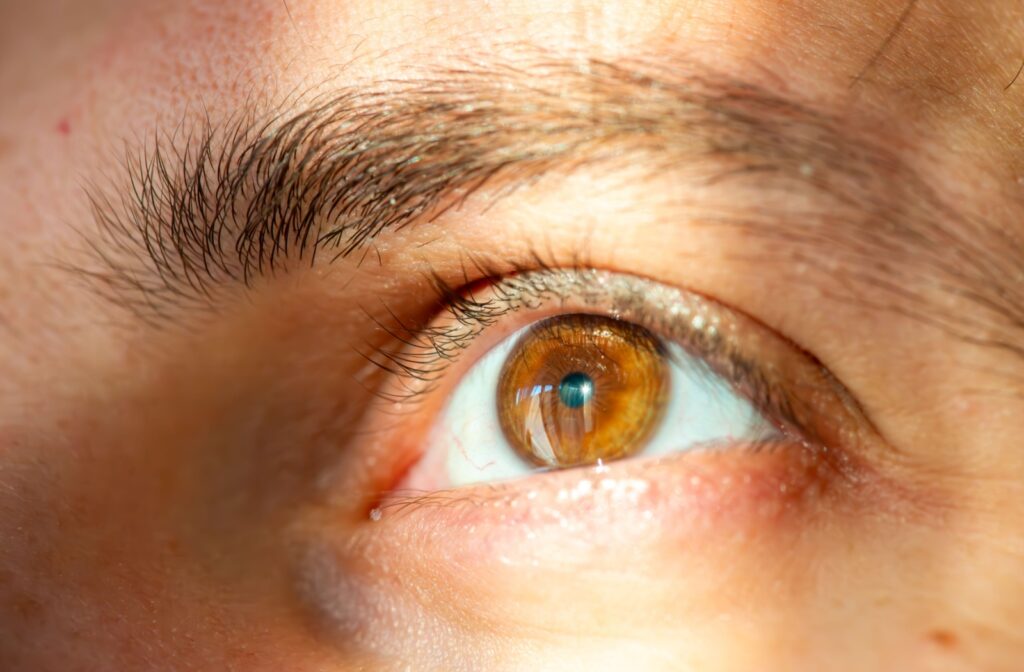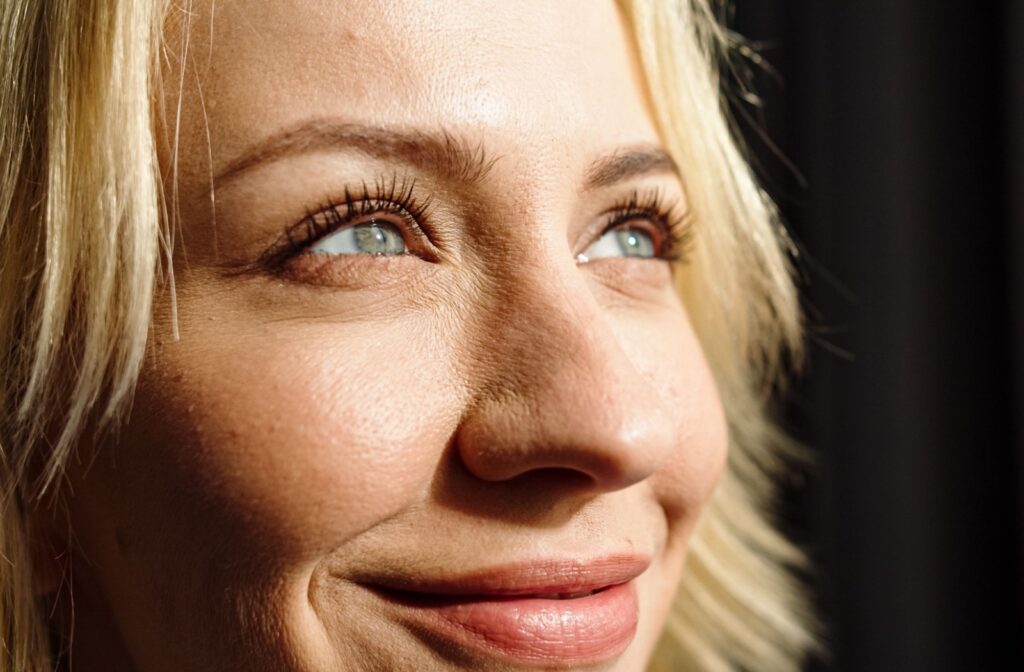When it comes to maintaining optimal eye health, one term you may encounter at your eye exam is “eye pressure.” But what exactly is considered normal eye pressure, and why does it matter? Whether you’re an eye health enthusiast or simply prioritizing routine eye care, understanding this topic is fundamental to protecting your vision.
Understanding Eye Pressure
Eye pressure, also known as intraocular pressure (IOP), refers to the fluid pressure inside your eye. The production primarily regulates this pressure, flow, and drainage of aqueous humor, the clear fluid that circulates through the front part of your eye.
A healthy balance of fluid production and drainage is essential to maintain stable IOP levels. If this balance is disrupted, pressure can build up and potentially damage the optic nerve, which is vital for transmitting visual information to the brain.
IOP is measured in millimeters of mercury (mmHg) using a specialized instrument called a tonometer, typically during a comprehensive eye exam. This painless and quick test is crucial for detecting changes in eye pressure, which may not exhibit noticeable symptoms in the early stages.
Monitoring your IOP is critical, as uncontrolled fluctuations or consistently high pressure can lead to serious eye conditions such as glaucoma. Glaucoma, often called the “silent thief of sight,” can cause irreversible vision loss if left untreated. Regular eye exams can help catch these issues early, enabling timely treatment to preserve your vision.
What Is Considered Normal Eye Pressure?
A normal range for eye pressure is typically between 10 and 21 mmHg. Most people have eye pressure readings that fall somewhere within this range. However, the average eye pressure hovers around 15.5 mmHg, depending on various individual factors such as age, genetics, and overall health.
It’s also important to note that what is considered “normal” for one person may not be ideal for another. For instance:
- Some individuals may maintain healthy eyes at slightly higher or lower pressures than the average range.
- Others with readings within the normal range may still experience damage due to conditions such as normal-tension glaucoma.
Regular eye exams are crucial to determining your baseline “normal” and identifying any changes over time.

What Causes Fluctuations in Eye Pressure?
While normal IOP can vary slightly throughout the day, significant changes in eye pressure can be a cause for concern. Here are a few factors that can influence eye pressure:
- Fluid dynamics: Imbalances in the production or drainage of aqueous humor can raise or lower IOP.
- Age: Aging impacts many aspects of eye physiology, including fluid regulation in the eye.
- Genetics: Family history plays a critical role in determining IOP and susceptibility to eye conditions.
- Medications: Certain medications, such as steroids, can increase IOP.
- Lifestyle factors: Poor diet, time of day, lack of exercise, or smoking can negatively affect eye health, including IOP.
Certain activities, like lifting heavy weights or prolonged head-down yoga positions, may also cause temporary shifts in intraocular pressure. While these changes are usually not dangerous for healthy individuals, they can pose risks for those predisposed to eye conditions.
Why Maintaining Normal Eye Pressure Matters
Maintaining a normal eye pressure is vital for the health of your optic nerve, which is responsible for transmitting visual signals to your brain. Elevated eye pressure damages the optic nerve over time, potentially leading to glaucoma and irreversible vision loss.
Early symptoms of elevated IOP are often subtle or non-existent, making regular eye exams indispensable in catching problems before they cause significant damage. If your eye pressure is consistently outside the normal range, your eye doctor may recommend treatments like lifestyle adjustments, prescription eye drops, or in more severe cases, surgery to help regulate IOP.
Tips for Keeping Eye Pressure in Check
While you can’t necessarily control your genetic predisposition, there are steps you can take to support healthy eye pressure:
- Get regular eye exams: Routine check-ups help detect early changes in eye pressure or signs of glaucoma.
- Follow a healthy lifestyle:
- Exercise regularly to improve cardiovascular health, which indirectly benefits eye pressure.
- Eat a diet rich in leafy greens, omega-3 fatty acids, and antioxidants.
- Avoid smoking: Smoking can damage blood vessels, including those in the eyes.
- Take prescribed medications as directed: If your doctor prescribes eye drops or other treatments, follow their advice carefully.
If you have a family history of glaucoma or other eye-related conditions, it’s especially critical to work closely with an optometrist to monitor and manage your eye pressure.
Schedule Your Eye Pressure Check Today
Curious about your own eye pressure or concerned about potential risks? Scheduling regular eye exams with a trusted eye care professional is your first line of defense for maintaining good vision. Whether you’re overdue for a check-up or just want to ensure your eyes are in top shape, Total Vision Long Beach is here to help. We offer comprehensive exams, personalized care, and expert advice to support your long-term eye health.
Book an appointment today and prioritize your vision! Learn more about eye health and our services by visiting our blog at Total Vision Long Beach. We’re conveniently located in Long Beach, CA, and would love to help you in your eye care journey.



